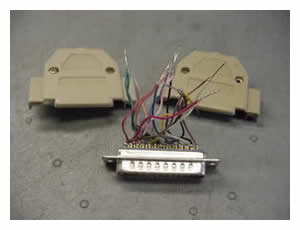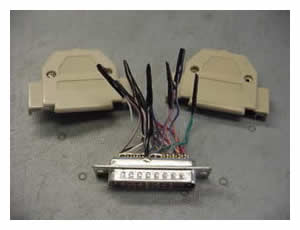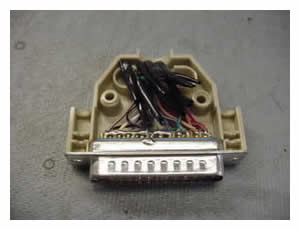People know the fact that debt accumulated by spending on frivolous items is bad and research has also found that people tend to underestimate the extent of their borrowing. In financial website Bankrate's survey, 58% of respondents claimed to pay off in full their credit cards every month, which is in contrast to studies that show the number is closer to 40%. Surprisingly, only 3% of respondents believed that other people paid off their bills in full.
A study by an American economist on the competition in the credit card market also found that, despite assurances to the contrary, three quarters of consumers pay finance charges on their outstanding credit card balances.
Actually, debt may not just be related to money problems but emotional issues as well. Some depressed people may use credit and shopping as a means of overcompensation. They feel depressed and they don't feel good. They hope that shopping will make them feel good. Thus, in a simplistic way, they're 'fixing' their problem, but the fact is, it leads to even more trouble.
It may also be used to make up for certain traits one may be lacking. For instance, if a person feels that he isn't very capable, he may try to make up for that through credit spending. Society enjoys a higher standard of living today and people are used to getting what they want even though they can't afford it and this kind of habit leads to disaster.
In a study titled "Consumer Response to Changes in Credit Supply", two US researches analyzing several hundred thousand credit card accounts and found that increased liquidity triggers immediate and large jumps in spending and debt. On average, debt rises by about $40 in the month in which a credit line is increased, more than $180 in the two months after an increase and more than $350 in a year. Each extra $1,000 of liquidity is translated into a $130 increase in an individual's debt.
The research also found that many people seem to 'aim' credit card use. Say, if a consumer is originally using 60% of his $5,000 credit limit and when his limit is increased to $6,000, he might increases his spending to raise the utilization rate back to 60%. Thus, it causes more debt and more interest to pay.
Another research program by an American non-profit financial centre Myvesta's survey reveals that a quarter of Americans don't even review their credit card statements each month. It's natural for human beings seeking pleasure and avoiding pain. In a materialistic and hedonistic world, pleasure is often linked to buying something. Thus, as long as they don't face the bills, they can carry on spending and deriving pleasure. For them a credit card is a tool for spending; whether they have money or not to spend is a separate issue.
When you are consuming, you are not thinking about the payments and when you are paying, you do not know what you are paying for!
If you are taking on a long term or large debt that can't possibly be paid off in the near future, it is smart to factor in all the things that could happen in that time period. As we all know, economies can decline which leads to changes in interest rates and value of assets and threaten jobs. People always just see what is happening today and they always ignore the future.
Usually, the person is already in debt but it is still under control until something bad happens. Once the income is gone, the person can't afford to make monthly payments and the excess gets rolled over. Then, due to compounding interest, the debt grows and grows. In conclusion, consumers should be entirely rational about debt and when it comes to spending.
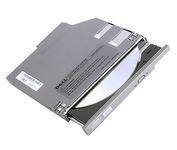 Before you upgrade or replace the DVD/CD-RW drive in your notebook make sure that the drive you are buying is compatible with your computer. Some notebooks require an optical drive that works in cable select mode (CSEL). Some notebooks require master/slave (M/S) drives. Typically the drive is set to master or slave through a firmware flash. If the optical drive is not configured properly, it will not be detected by the BIOS or you will get IDE #1 error when you start the laptop. The best way to avoid these kinds of problems is to buy an optical drive designed for your laptop. If you plan to buy a generic drive, make sure to contact the seller and confirm that the drive will work in your computer.
Before you upgrade or replace the DVD/CD-RW drive in your notebook make sure that the drive you are buying is compatible with your computer. Some notebooks require an optical drive that works in cable select mode (CSEL). Some notebooks require master/slave (M/S) drives. Typically the drive is set to master or slave through a firmware flash. If the optical drive is not configured properly, it will not be detected by the BIOS or you will get IDE #1 error when you start the laptop. The best way to avoid these kinds of problems is to buy an optical drive designed for your laptop. If you plan to buy a generic drive, make sure to contact the seller and confirm that the drive will work in your computer.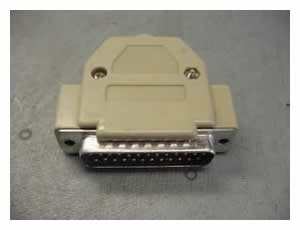 You can use this plug to remove or clear the BIOS password from older Toshiba laptops. I tested the plug and it successfully cleared the BIOS password from Toshiba Satellite 1415, Satellite 1800 and Satellite Pro 6100. Using the plug you should be able to remove a BIOS password from most Pentium III Toshiba laptops and from some Pentium IV laptops. To make a password removal tool you need a DB25 plug from a parallel printer cable (cable with a plug that you can take apart), a solder gun and 30-40 minutes of your time.
You can use this plug to remove or clear the BIOS password from older Toshiba laptops. I tested the plug and it successfully cleared the BIOS password from Toshiba Satellite 1415, Satellite 1800 and Satellite Pro 6100. Using the plug you should be able to remove a BIOS password from most Pentium III Toshiba laptops and from some Pentium IV laptops. To make a password removal tool you need a DB25 plug from a parallel printer cable (cable with a plug that you can take apart), a solder gun and 30-40 minutes of your time.